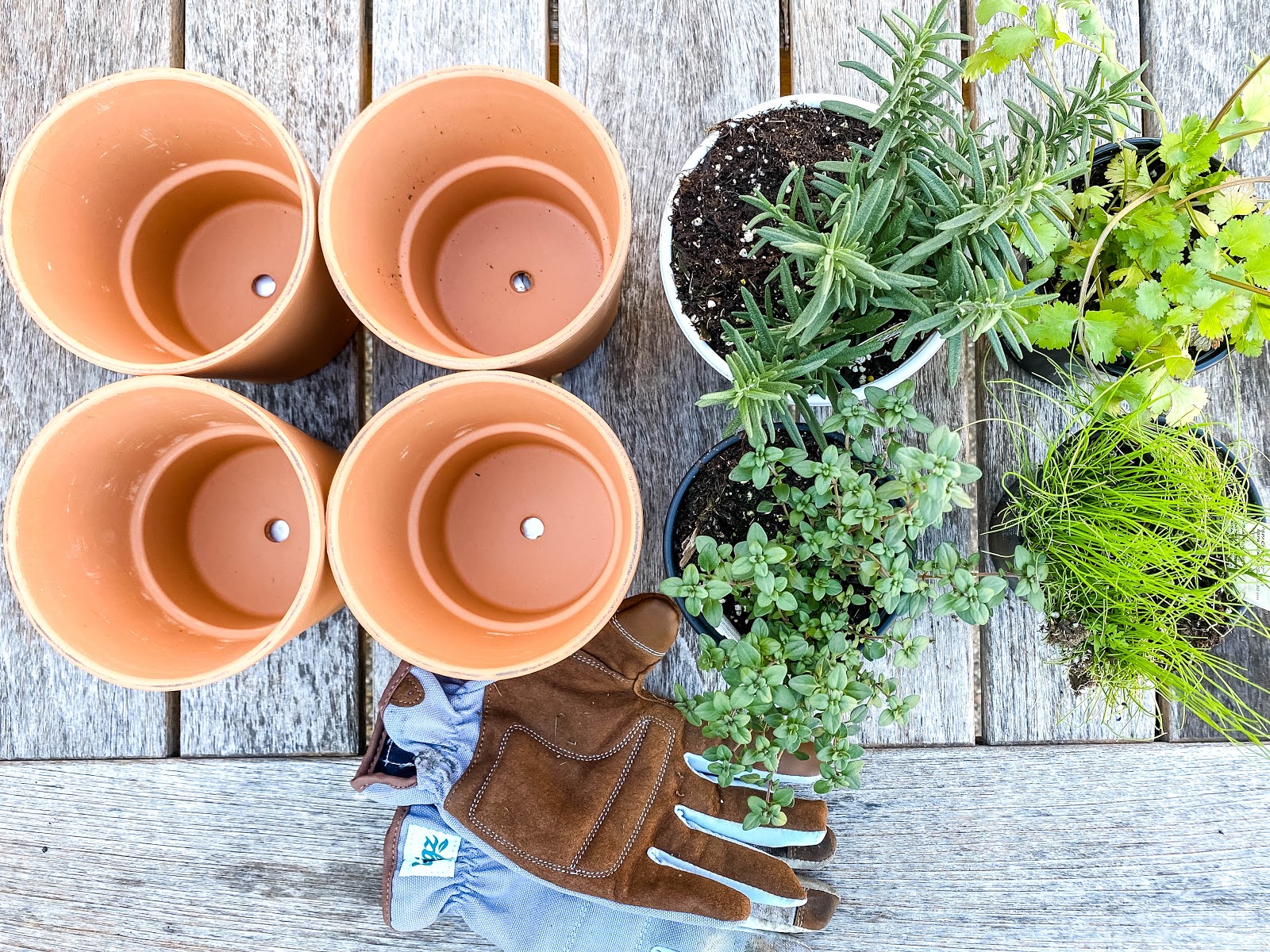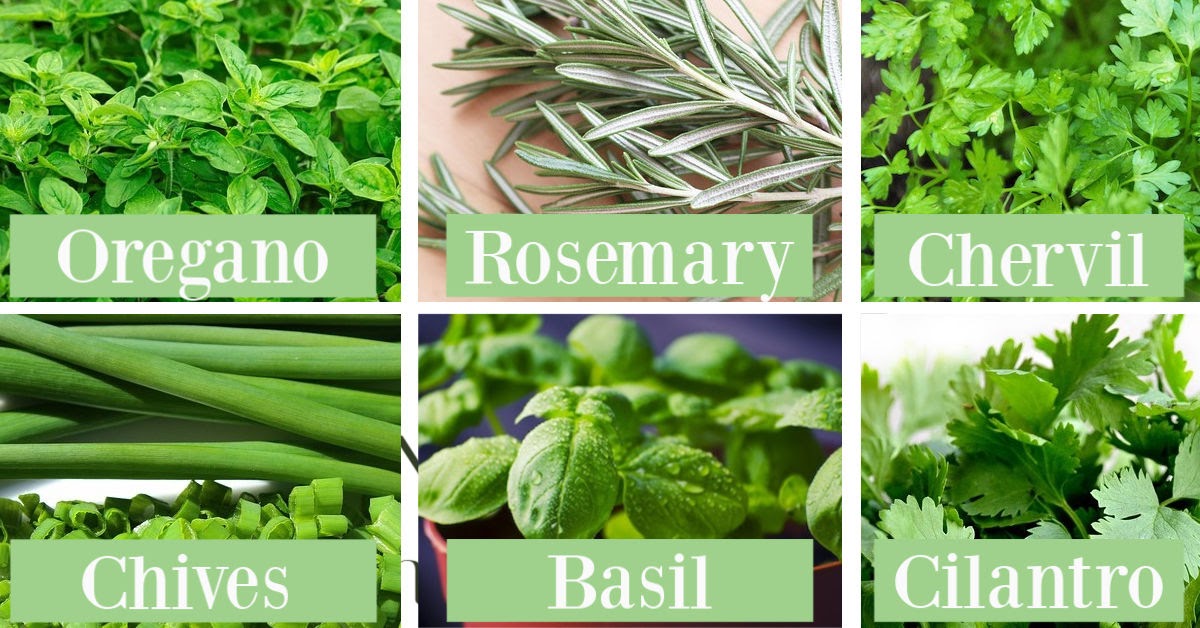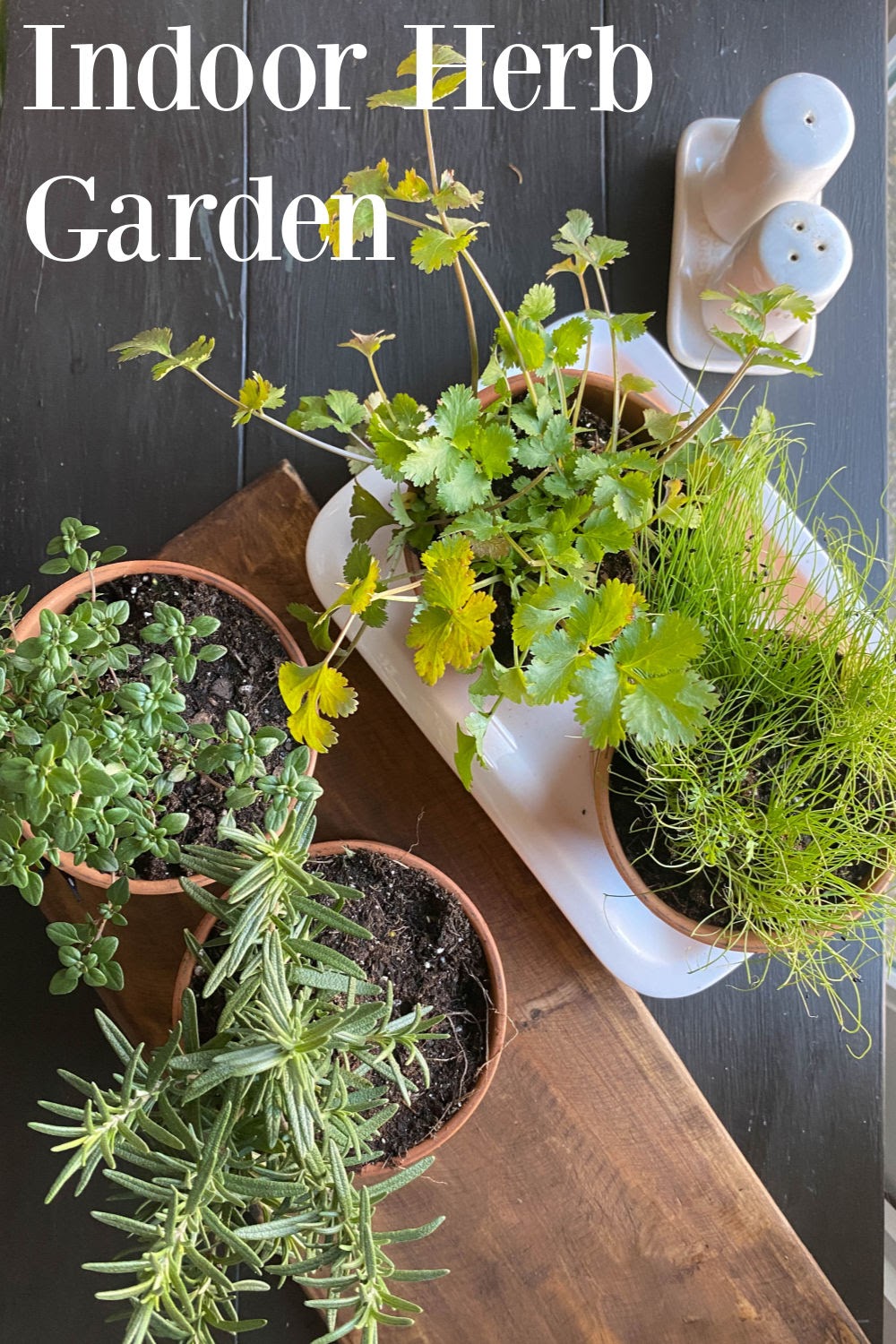Are you looking for how to start an indoor herb garden? Maybe you’ve been looking for a simple garden you can grow indoors?
Herb gardens are a great way to get more fresh herbs into your diet and save money.
Herbs are also a really fun way to introduce plants to your kids. It’s something that you can see transforming right before your eyes almost on a daily basis. This is especially true if you start your herbs from seed.
It’s also a great thing to have more plants in your home for better air quality and just to add life to your space.
Methods For Starting Your Herb Garden
There are two methods you can use to plant an herb garden. You can start your plants from seed or you can buy small herbs from your local garden center or Home Depot/Lowes.
If you want to start from seed there are a few extra steps. It’s a bit more work, but the end result is really rewarding.
- Before you plant your seeds, it is best to soak them in water overnight.
- Fill a seedling container with soil. You can use almost anything to house your seedling. Some people use eggshells (which are easy to break apart), egg cartons, paper cups or newspaper pots. It doesn’t need to be anything permanent.
- Once you’ve soaked the seeds, push them down into the soil. The rule of thumb is to push the seed down three times deeper than the size of the seed.
- Water your seedlings.
- Cover your seedlings with saran wrap. This helps the seedlings to have a warm moist environment. Check your soil daily to be sure it stays moist, not wet but moist. Seeds like a 70-degree temperature, so if it’s colder in your home consider a heating mat.
- Once you see your seedlings sprout up with a few leaves you can replant them into your pots. It can take two to four weeks for seeds to germinate.
Materials Needed to Start an Herb Garden

- Organic potting soil – You don’t have to use organic soil. Since herbs are something that you will eat vs. just ornamental I like to use organic soil. Home Depot and Lowes both carry organic potting soil.
- Pots – Even if you start your herbs from seed you will eventually need to transfer them to a pot. There are some super cute pots out there, just be sure you get pots with drainage holes in the bottom. I personally like to use terra cotta pots because they allow the soil to breathe. If you overwater your plants, it’s easier for them to dry out.
Decorating Tip: Painting the terra cotta pots is another fun family project. Budget Option: If you really want to save money you can grow your herbs in recycled cans. The 28 ounce cans are ideal. It spruces them up you can paint them or decorate with ribbon.
- Herbs – I like to grow a variety of herbs. You should focus on herbs that you like to cook with because that’s the point after all. If your family hates cilantro, don’t grow that.
Which Herbs Grow Best Indoors?

Herbs can be grown indoors year round because the climate in your home doesn’t change that much. The best indoor herbs, by best I mean the easiest to grow, are the following:
Basil – A family favorite because it goes with pizza and spaghetti. Fresh basil is so delicious in home-made pesto, too.
Chervil – You might be thinking, what the heck is that? It’s french parsley. This is one that can be added to soups, pot roast, roast chicken. Parsley can work in almost any dish where you just want a pop of something fresh and green.
Oregano – This also goes well in anything Italian and most soups.
Chives – Chives add a variety to your herbs because they don’t look leafy like all of the others and they are fun to clip. They are in the onion family and they can be used in any dish where you would use an onion.
Rosemary – Rosemary is so fragrant that it’s nice to grow just for that. It is so delicious on roasted potatoes, roast chicken and steak.
Thyme – Thyme is delicious in salad dressings, soups, pork and chicken.
Cilantro – This is a must for our family because we all love Mexican food and love cilantro. It’s that one spice that you either love or hate, It’s genetic, believe it or not. We like it in tacos and guacamole.
Sage gets an honorable mention because it is easy to grow, but I find that my family doesn’t love the flavor.
How Much Sun Do Herbs Need?
Most plants need sunlight and herbs are no exception. To have a thriving herb garden you will need to place your pots in a window that gets some sun.
Ideally, six hours of sun is best, and even better if the window faces south. If you don’t get this much sun in your kitchen, consider keeping the herbs in another room.
How Often Should You Water Your Herbs?
Most herbs require watering every 2-3 days. The best way to tell if your plant needs water is to poke your finger about half an inch into the soil. If it feels dry, they need water. If you live in a really warm climate, or it’s the summer they might require water more often.
How to Clip or Prune Herb Plants?
Once your plants are past the baby seedling stage you can begin to clip them. Pruning is actually good for your plants. Gardeners say it’s good to “prune early and often”. You shouldn’t prune away more than one-third of the growth, so if you are pruning your new plants keep this in mind.
The best way to clip an herb plant is right where the leaf meets the stem. It’s also best to prune from the top of your plant.
Rosemary and thyme can tend to get woody looking over time. These two herbs are pruned by cutting the stems and not just the leaves.
Start Your Own Herb Garden Today
I like to grow my own herbs because it’s an easy gardening project to do with kids. Herb gardening can also be done at any time of year. It’s so inexpensive compared to buying herbs in the grocery store.
If you start an herb garden, I bet you’ll start to use more fresh herbs in your cooking. Having fresh herbs around is a constant reminder right there in your kitchen.
If you find you enjoy having more plants indoors, read about other easy-care indoor plants and inexpensive low maintenance indoor trees.
The Author – My name is Andrea from Design Morsels. I want to help others to decorate their own homes with confidence, one piece at a time. You can follow me on Pinterest at https://www.pinterest.com/Designmorsels/ and on Instagram @designmorsels.


Joyce
Thursday 27th of February 2020
Great idea just in time for spring. Thanks!